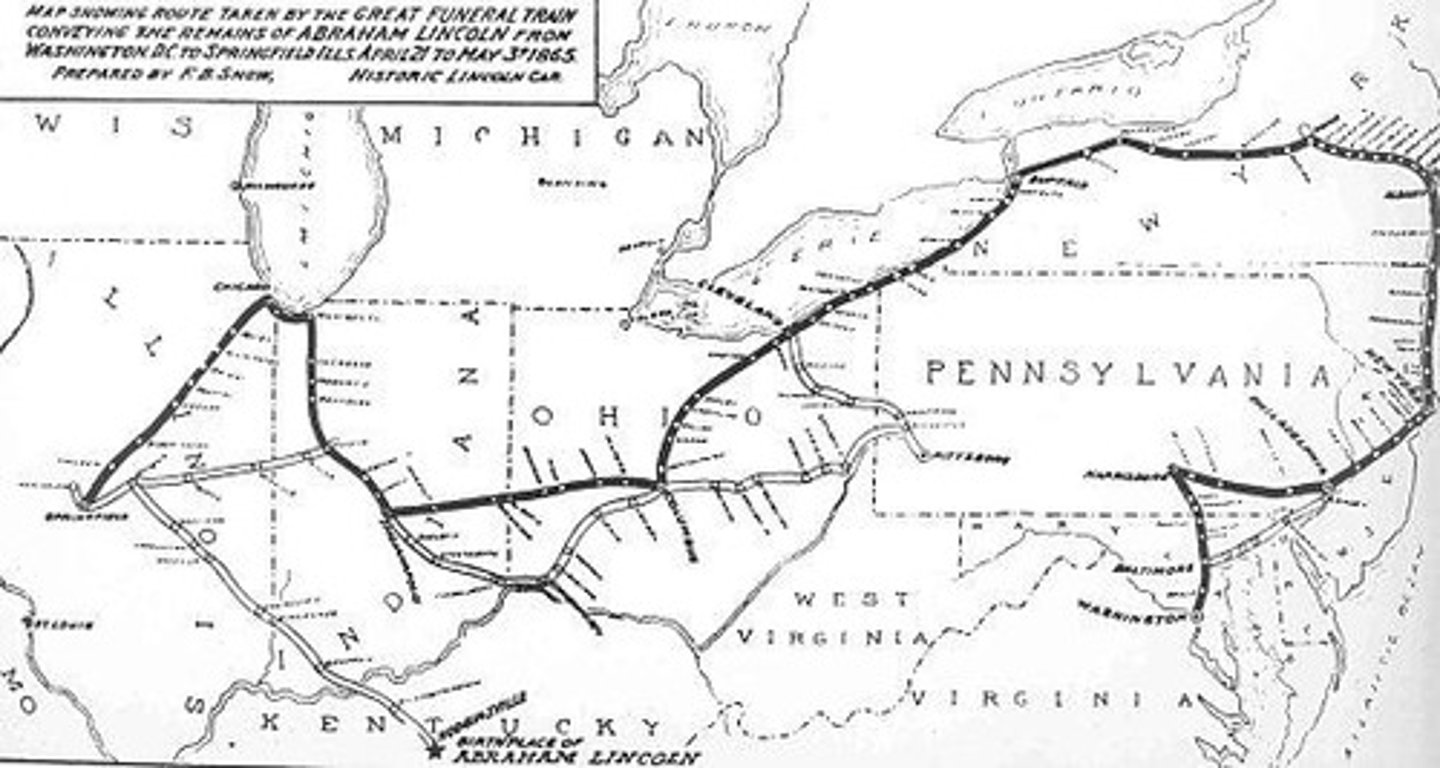From Ice to Embalming
1/21
There's no tags or description
Looks like no tags are added yet.
Name | Mastery | Learn | Test | Matching | Spaced |
|---|
No study sessions yet.
22 Terms
One of the major decisions a society needs to make is whether or not a corpse should be preserved, because:
- The new phenomenon of "lying in state" increased technical demands on undertakers to present the body - rising significance of a "present corpse"
- The cost of funerals went up - often a delay to pay
- Time for traveling long distances for funerals
- Trends were affected by custom, tradition... and innovation.
Corpse Cooling & Cooling Boards
Frederick & Trump; Natural and inexpensive way of preservation; could be reused; Kept face and hands "preserved" for viewing
Air-tight Receptacles and Influences of Chemicals
Immersing the body in liquids or with preservative an airtight receptacle, tube let gasses escape; Arsenic, Mercurial compounds, Zinc (All of which were later banned)
Dr. Thomas Holmes
"Father of American Embalming"; Civil War embalmer, NYC Coroner, embalmed for publicity; invented fluid injection apparatus using a hand pump.
Alexander Butlerov
Discovered formaldehyde in 1859
August Wilhelm von Hofman
German chemist; identified the structure of formaldehyde in 1868, setting the foundation for manufacturing it
When did formaldehyde become widely used in the US for preservation?
Early 1900s.
What were the main focuses of medical practitioners in the development of embalming chemicals?
Disinfection, sanitation, specimen preservation, and longer viewing period.
J. Anthony Gaussardia
1st patented embalming process
John Morgan
Invented gravity fluid injector
Samuel Rogers
Invented trocar for cavity embalming (1878)
What major event during the Civil War revolutionized embalming practices?
The need to send war veterans home for proper burial.
What was the significance of President Lincoln's embalming?
It popularized the practice of embalming.
War Department Order #75 (1861)
September 11, 1861; To ensure all casualties during wartime were provided a "decent burial"; Deferred battlefield responsibility and care of the deceased to the commanding officers of each corps
War Department Order #33 (1862)
July 17, 1862 - Number of casualties increased dramatically by 1862; Needed space for Veterans to be buried; This led to the formation of the current National Veterans Cemetery System in the U.S.
General Order #39 Concerning Embalmers (1865)
It set regulations for the cost, training, and qualifications of embalmers.
Lincoln Funeral Train
Funeral procession would make over 400 stops (same campaign route to seek re-election) never going above 10mph to ensure safety over the nearly 1700-mile procession; To keep body preserved that long, the body was embalmed Dr. Charles Brown & Dr. Harry Cattell embalmed through the femoral artery; Viewed publicly at each stop - the embalmers traveled with them for easy touch-ups

Lincoln's Final Resting Place
After 13-day funeral procession, funeral train arrives at Oak Ridge Cemetery in Springfield, Illinois; Many attempts to grave rob the tomb; 1901, plans were made to rebury the remains in a concrete cased vault; Viewed in 1901 - proved embalming to be effective
Who published the first American embalming textbook in 1878?
Dr. Auguste Renouard.
Joel Crandall
Founded demi-surgery/restorative art (1878-1942)
Clarence Strub
Wrote 'Principles of Restorative Art' (1906-1974)
G. Joseph Prager
Wrote "Manual of Restorative Art" with Charles Dhonau